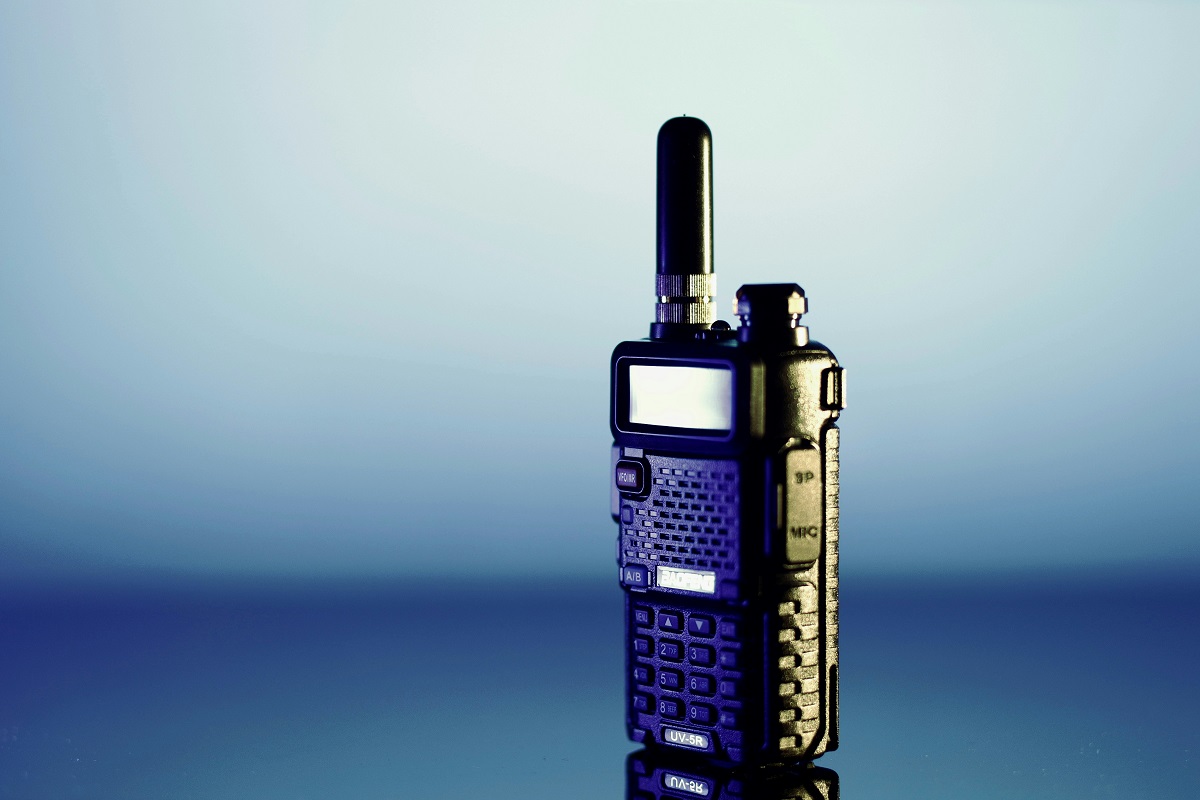There’s nothing quite like the chaos of live events. Vendors asking for power. Security needing backup at Gate 3. A performer’s manager wondering why there’s no vegan dressing room snack tray.
In that mix, your event staff’s two-way radio becomes the single most important tool for real-time coordination. But here’s the kicker: even the best radio is useless if no one knows how to use it.
If your comms sound like a middle school group project on walkie-talkie etiquette, it’s time to rethink your training.
Here’s how to prep your event team—from volunteers to pros—to use a two-way radio effectively, confidently, and without clogging up the airwaves.
1. Start With the Basics (Yes, Really)
Never assume someone’s used a radio before.
People who’ve worked in hospitality or retail may have touched one, but large-scale event communication is a different beast entirely.
Start with the essentials:
- How to turn it on/off (seriously—start here)
- Adjusting volume (no one likes blown-out ears)
- How to hold the mic (close, but not too close—2 inches is the sweet spot)
- The difference between press-to-talk and when to release
- What not to do: double-keying, button mashing, or talking before the beep
Keep it simple. Confidence starts with comfort.
2. Channel Structure: Make It Crystal Clear
You wouldn’t give ten people ten walkie-talkies and say “good luck”—so don’t hand out radios without clearly assigning channels by role.
Common structure:
- Channel 1: Command/Base
- Channel 2: Security
- Channel 3: Operations/Facilities
- Channel 4: Ticketing/Gates
- Channel 5: Medical
- Channel 6: Floater/Backup
And one golden rule: never let staff “guess” the right channel. Post the structure. Print it. Text it. Tattoo it on a clipboard. Whatever it takes.
3. Use Radio Lingo—But Keep It Human
You don’t need to turn your staff into military tacticians. But adopting basic radio etiquette improves clarity and professionalism.
Train them on:
- “Go for [Name/Role]” – standard way to acknowledge a call
- “Copy” – message received and understood
- “Stand by” – hold on a moment
- “10-4” – understood (yes, it’s still cool)
- “Negative” vs “Affirmative” – way clearer than “yes” or “no”
- “Repeat” – to clarify a message, not to re-say what you just heard (use sparingly)
Also, remind them: no chit-chat on active channels. Save the jokes for after teardown.
4. Do a Hands-On Radio Drill Before Show Time
Think fire drill, but with headsets.
Before your event opens, schedule a 10- to 15-minute live radio simulation. Include:
- Test calls across departments
- Role-playing real-world scenarios (“Security needed at VIP entrance”)
- Intentional errors (have someone talk too quietly, too loudly, or not release the button) so you can coach in real-time
Why? Because you’d never send someone onstage without a soundcheck. Radios deserve the same.
5. Teach “Less Is More” Messaging
Long-winded radio messages are the enemy of real-time efficiency. Help your team practice concise, direct communication:
Good:
“Gate 2, need more wristbands.”
“Copy. On the way.”
Bad:
“Hey, um, Gate 2 here—I think we might be running a little low on wristbands? Not sure if anyone else noticed but thought I’d mention it.”
Radio time is precious. Keep it punchy.
6. Reinforce Emergency Protocols
In an emergency, clarity saves lives. Staff should know:
- What constitutes an emergency (and what doesn’t)
- Which channel is monitored 24/7 for urgent issues
- What to say and how to say it: “Code Red at Stage B” is faster than “I think there’s a situation…”
Make sure radios have an emergency alert feature, and your team knows how to trigger it.
Drill these responses regularly. Calm, clear communication in a crisis doesn’t happen by accident—it’s practiced.
7. Assign a Comms Lead (Because Someone Has to Herd the Airwaves)
Even with training, radio chatter can spiral. Assign a communications lead who:
- Monitors for misuse or open mics
- Reminds people to stay on-topic
- Can redirect off-channel issues to group chats or text
This person doesn’t need to be a tyrant—but they do need to be proactive. Think of them as the DJ keeping the comms dance floor flowing.
8. Post-Event Review: What Worked, What Didn’t
After the dust (and confetti) settles, run a quick comms debrief:
- Which channels got overloaded?
- Were there any missed messages?
- Did anyone report issues with clarity or access?
This feedback loop is gold. It improves your future events and helps refine your training each time.
Closing Transmission: Comms Make or Break the Day
A well-trained radio team isn’t just more efficient—it’s safer, calmer, and way more professional. You don’t need complicated gear. You need a crew that knows how to use it.
So give your staff more than a headset. Give them a plan.
